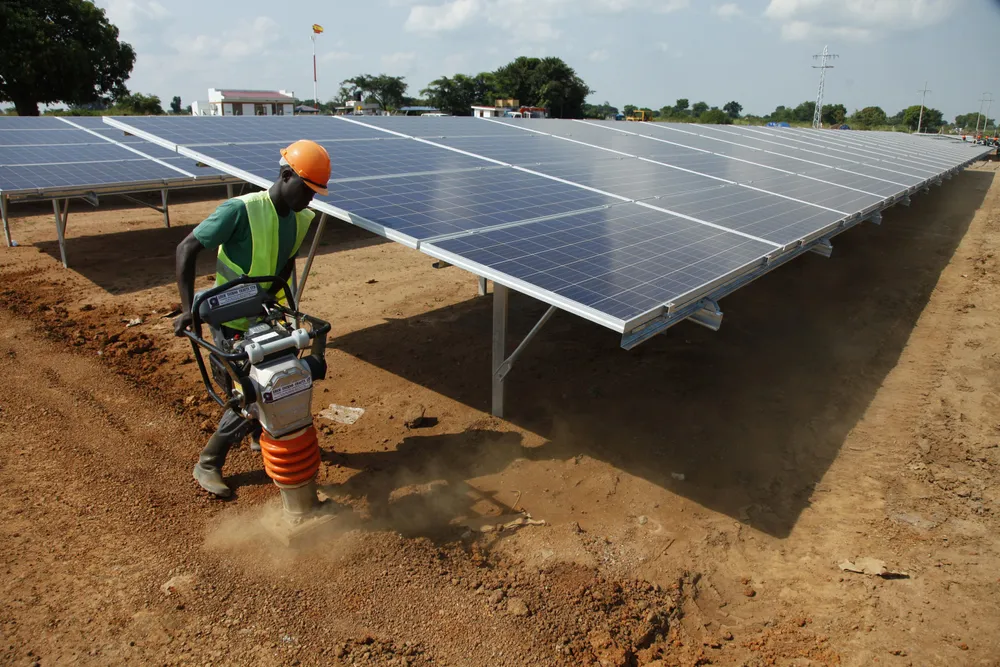Sub-Saharan Africa could forge future of energy transition
WoodMac analyst says evolution of region's power provision will fundamentally reshape trajectory of global electricity demand

WoodMac analyst says evolution of region's power provision will fundamentally reshape trajectory of global electricity demand
